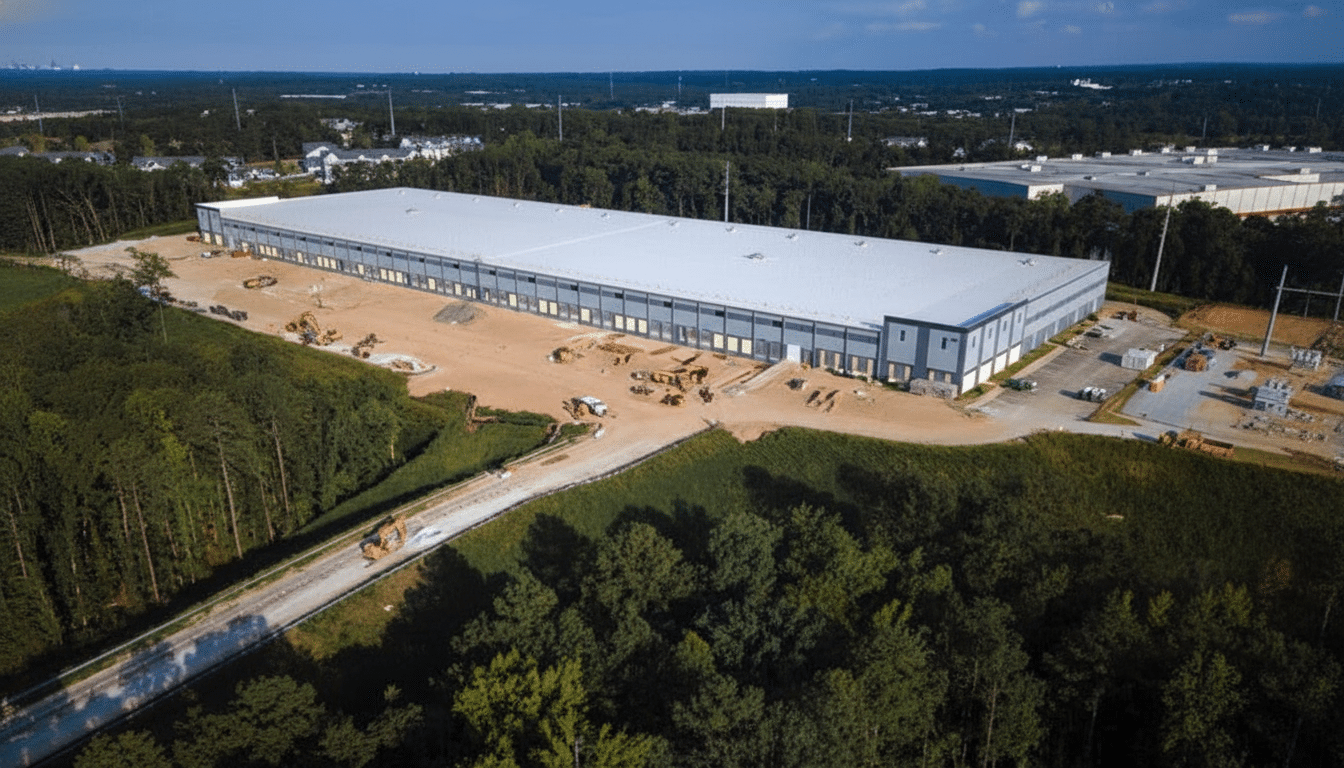Here’s the great new thing in global capital: martinis for lunch, a well-marbled steak of an asset that plans to live forever. Data center investment, the International Energy Agency estimates, will total around $580 billion — more than investment in developing new oil supplies by some $40 billion. It’s a symbolic break from the past, suggesting that there’s going to be a world in which compute capacity is regarded more like critical infrastructure such as pipelines and power plants.
The switch is being driven by an arms race in artificial intelligence, cloud services and streaming, all of which are redefining how investors assess opportunity and risk. In a measure of how rapidly the sector is expanding, the IEA estimates that electricity use from AI facilities alone will grow fivefold in the next decade — effectively doubling today’s combined power draw by data centers.

AI and Cloud Drive a Major Global Capital Pivot
For their institutional investors, the math is straightforward: The demand for compute is compounding, and long-term contracts from hyperscalers generate predictable cash flows. Research companies that track cloud infrastructure say the biggest platforms are increasing their capex spending at record rates to lock down GPUs, land and power for multi-tenant and proprietary campuses. The result is a buildout that is not measured in megawatts, but in gigawatts.
And, the IEA says, about half of the new demand will fall in the United States, with most of the remainder in Europe and China. Developers are coalescing around large cities to avoid the latency for AI inference and enterprise workloads. At least half of the projects in the global pipeline are 200 megawatts or larger, a size that would have been considered outsized just a few years ago.
Power and Permits Are the New Scarcity for Data Centers
Electricity access determines where data centers can rise and how fast they can grow. The IEA reports increased congestion on transmission and distribution networks, with interconnection queues increasing in value-added hubs.
In Northern Virginia, the most extensive data center market globally, developers’ waiting times can approach a decade. Dublin had to suspend all new interconnection requests until 2028 to guarantee network integrity.
Another bottleneck is the grid’s own supply chains. The industry is now under pressure due to utilities and developers’ low-voltage cable difficulties, high-voltage cables, big transformers, gas turbines, and vital minerals. However, supply chains are being disrupted, and advanced technologies are in development. In the next two years, innovators such as Amperesand and Heron Power are expected to launch solid-state transformers, which could enhance grid integration of renewables, stabilize local networks and expedite interconnections.

This adds a new factor to the selection of sites. Plots near robust substations, water availability and advanced liquid cooling, and permitting flexibility can all save years off time-to-market. Hyperscalers build their campuses, colocation leaders finance through equity issuance and green bonds, and private capital is increasingly concentrating on the desire for inflation protection through sovereign wealth funds and large infrastructure funds. Analysts stress that processing campuses are becoming increasingly similar to regulated infrastructure, featuring 20-year power-buying deals and contractual occupancies, offering a de-risked cash loop.
Real estate investment trusts focused on digital infrastructure have embraced what’s known as “power-first” development, where they acquire large land banks tied to secured megawatts and long-lead electrical equipment. Utilities, meanwhile, are testing new rate schedules for high-load customers, and states are wooing projects with fast-track approval systems and incentives tied to energy efficiency and local power purchase agreements.
The Energy Mix Is Shifting to Renewables
By 2035, the IEA estimates that renewables will supply most of the new electricity needed for data centers, with solar particularly out in front as costs continue to decline. The agency predicts that within the coming decade, data centers will receive about 400 terawatt-hours — roughly half their total projected consumption — of energy from renewable sources, versus just over 220 terawatt-hours drawn from natural gas. Should new small modular reactors live up to expectations, they could make roughly 190 terawatt-hours in potential contributions to the sector.
Corporate buyers are looking past one-year offsets to 24/7 carbon-free procurement, bundling together portfolios of wind, solar, hydropower, geothermal and storage across multiple grids. The granular certificates, advanced forecasting and location-matched contracts are new tactics to align data centers’ hourly demand with clean supply, reducing exposure to price volatility even as they face tightened climate-disclosure rules.
What It Means for Oil and Future Energy Investment
Oil is still king of the transport and petrochemicals business, but the pecking order for new investment is changing. Exploration returns are cyclical and policy-sensitive: compute returns are based on secular demand for AI and cloud. The energy majors aren’t sitting on their hands: some are considering power-supply arrangements with data centers, experimenting with SMRs and selling low-carbon electricity as a new line of business. And the prize is sticky offtake, not commodity exposure.
The broader signal is unmistakable. In the digital economy, a barrel doesn’t matter nearly as much as does a kilowatt and, increasingly, a low-carbon kilowatt delivered to an intricately connected node. Investors are following the electrons — and for now, they’re flowing to data centers faster than toward new oil.

